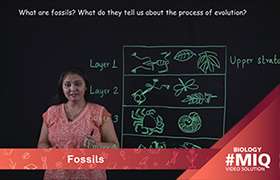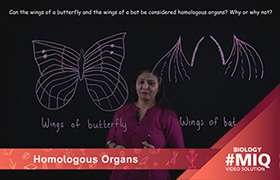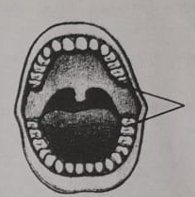CBSE Class 10 Answered
|
DISEASE |
INCUBATION PERIOD |
MODE OF TRANSMISSION |
SYMPTOMS |
PREVENTIVE MEASURES |
|
Tuberculosis (Mycobacterium tuberculosis)
|
2–10 weeks |
Through air, dust or the sputum of an infected person |
1. Wasting disease occurs, resulting in loss of resistance and weakness 2. Tired feeling, indigestion, vomiting, night sweating, low fever, especially in the evening and chills 3. Dry cough with white or yellowish sputum along with blood 4. Chest pain, difficulty in breathing 5. Pain in joints and waist 6. Loss of appetite and weight 7. Body appears pale due to reduction in haemoglobin content in blood |
1. Dirty, humid or overcrowded habitats should be avoided 2. Consumption of alcohol, tobacco and cigarette should be avoided 3. The patient should be kept in isolation 4. B.C.G. (Bacillus Calmette Guerin) vaccine should be administered
|
|
Cholera (Vibrio cholerae)
|
Few hours to 6 days |
Contaminated water, food and drinks, spread by flies |
1. Burning sensation is felt in the intestine 2. Severe stomach ache, diarrhoea with white, watery and foul smelling faecal waste and vomiting 3. Person feels dehydrated 4. Dryness of tongue, sunken eyes and muscular pains 5. Pulse rate drops to a considerable extent 6. Skin dries and loses its normal position, when it is stretched |
1. Control of houseflies by destroying their breeding grounds 2. Personal hygiene, cleanliness of the surroundings and consumption of well-cooked, nutritious food 3. Water should be purified or disinfected 4. Water reservoirs should be kept clean 5. Anticholera injection
|
|
Tetanus (Clostridium tetani)
|
4–20 days |
Through cuts or wounds in the skin, enters through the blood into the spinal cord |
1. Person initially gets fever and headache 2. Painful contractions or spasms of muscles of neck and jaw 3. Body becomes rigid and may even bend like a bow 4. Paralysis and even death may occur in extreme cases |
1. Wounds and cuts should be cleaned immediately 2. Rusted or dirty pins and needles should not be used 3. Playing in soil, manure heaps or cattle dung should be avoided 4. Anti-tetanus vaccine should be given |
|
Syphilis (Treponema pallidum)
|
1–12 weeks |
Sexually transmitted, close contact |
1. Skin rash; ulcers on the penis or on the rectum, lips, tongue and nipples 2. Fever 3. Pus-like discharge in the genital tubes 4. Death in extreme cases |
1. Avoid sexual contact with an infected person 2. Treatment of antibiotics, especially that of penicillin
|
|
Diphtheria (Corynebacterium diphtheriae)
|
2–10 days |
Droplet infection while coughing and sneezing, contact |
1. Patient suffers from painful throat, fever and difficulty in breathing 2. Death in extreme cases |
1. DPT vaccine or triple antigen is commonly given 2. Isolation of the patient |
|
Typhoid (Salmonella typhi)
|
7–21 days |
Contaminated water, milk, through flies |
1. Tender abdomen, abdominal pain, coated tongue, fatigue in legs, body ache and dull headache 2. Fever is usually as high as 104°F, especially in the afternoon, accompanied by cold 3. Diarrhoea, nausea, vomiting, loss of appetite and constipation 4. Enlargement of spleen 5. Rose-coloured rashes or eruptions appear on the chest, abdomen etc. 6. Body weight is reduced significantly due to weakness 7. Spasmic convulsions |
1. Control of insects such as houseflies and mosquitoes by destroying their breeding grounds 2. Treatment with antibiotics, chloromycetin 3. Personal hygiene, cleanliness of the surroundings and consumption of well-cooked, nutritious food 4. Continuous intake of liquid food such as juices 5. Typhoid vaccine should be given
|









